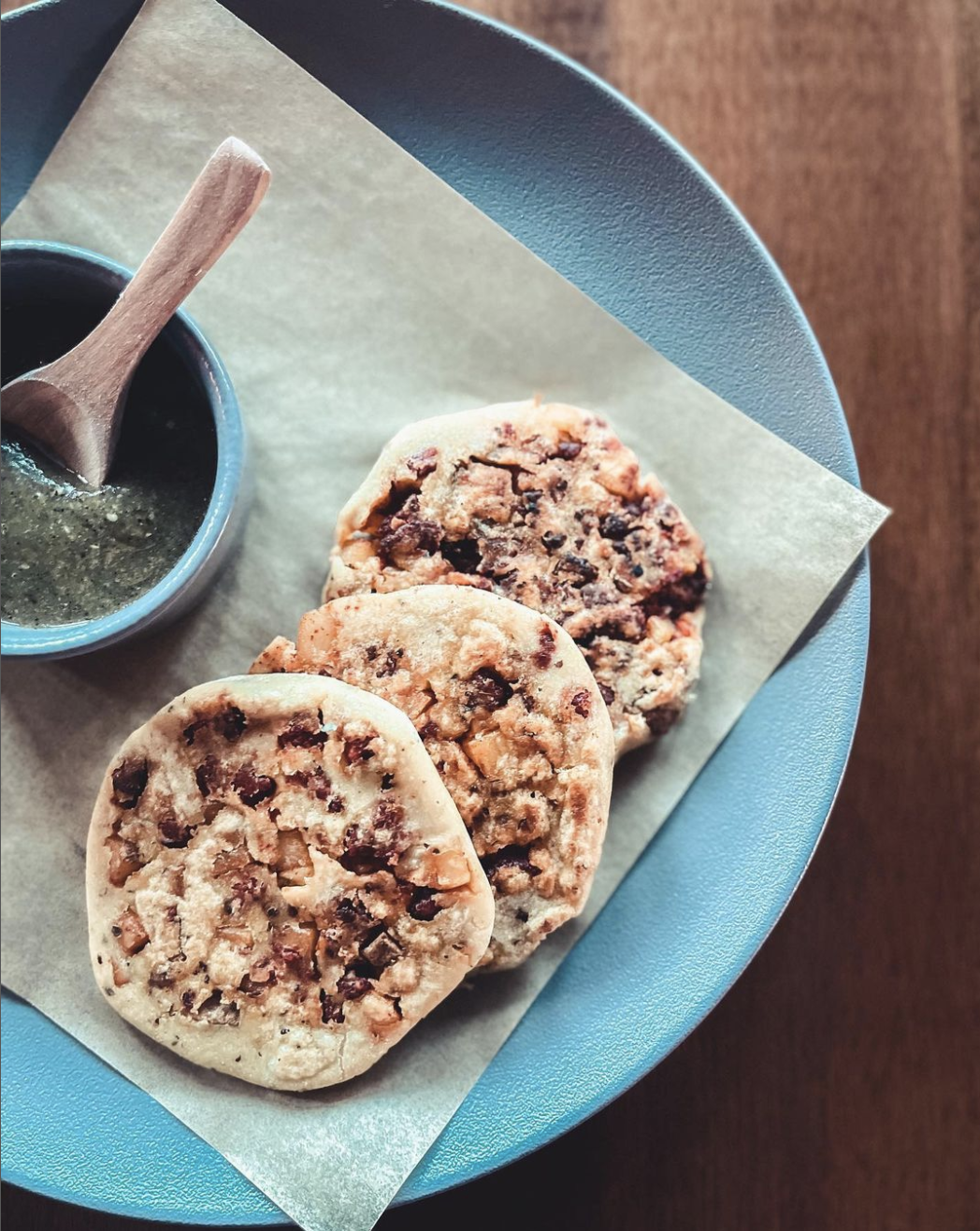Preserving The Legacy of Corn At Amano: The Foundation of Mexican Cooking
Photo Credit: @amano_caldwell on Instagram
By Ash Golangco
Photo Credit: @amano_caldwell on Instagram
What does it take to help preserve the legacy of maíz – or corn – in a cuisine? As it turns out, it’s surprisingly expensive and challenging to do.
According to the Amano website, head chef Salvador Alamilla was young when he first grew “captivated” by his mother’s cooking. His story is fascinating – in other press interviews, Salvador revealed that he’d originally worked as an architect until he felt his calling in the food industry. So, one day, he walked into his small apartment and told his wife, Rebecca Alamilla, about his dream.
“I was surprised, to say the least!” Rebecca shared. “However, when Sal has his mind set on something, I know it will come to fruition at some point.” That part seems to have certainly come true – today, she’s Amano’s co-owner.
Part of the couple’s vision has always been related to his mother’s cooking, and the spirit of authentic Mexican cooking. That’s why he wanted to use the right kind of corn in Amano’s menu. “[Rebecca and I] knew we needed to get this part right. We knew that we couldn’t open a Mexican restaurant if we didn’t do it this way, completing the nixtamalization process in-house from start to finish.”
What’s nixtamalization, you ask? It’s an ancient tradition of processing corn into ground corn, also known as masa. The benefits of nixtamalized maize might surprise you. Not only is the nutritional value increased from the unprocessed corn, but flavor and aroma are improved, and mycotoxins are reduced up to 97 to 100%. Unlike cornmeal, the chemical changes in masa allow for dough formation, which helps create many delicious dishes from tortillas to tamales.
Photo Credit: @amano_caldwell on Instagram
So, where does Amano’s corn come from? For the most part, the most authentic source they could find – and from people who care just as much about preserving the cultural importance of corn in Mexican cuisine. “We currently source our corn from Macienda, a company that goes into rural regions in Mexico and pays farmers fair wages for their heirloom corn that they have dedicated their life to caring for,” Salvador said. “In the past we have also partnered with Northwest Alternatives to Pesticides and used local corn grown by McIntyre Farms. The seeds were a variety from Snake River Seed Cooperative and local families shelled the corn to stay employed during the winter when typically there is minimal farmwork for migrant farmworkers.” They are open to more partnerships in the future.
Initially, it wasn’t easy to find the corn they needed. “However, we were able to get in touch with Jorge, the owner and mastermind behind Masienda, and everything went pretty smooth from there.”
Overall, buying the necessary corn and creating masa is a highly involved process – it’s pretty impressive to find a Mexican restaurant that does it from-scratch in the Northwest US. But in today’s market, it’s become “very difficult with labor shortages, as making food from scratch requires a lot of labor and is very costly,” Salvador shared in our email interview. Despite these challenges, in-house masa remains an integral part of the Amano vision, and continues to be a part of the Amano experience for guests.
Reflecting on the journey, start to present day, Rebecca said: “Once we traveled and I began to see and taste the different flavors of Mexico, I knew that we couldn't NOT embark on this journey! Handmade Mexican food, or really any cuisine made from scratch, is truly a gift and a labor of love, and I'm glad that I can play a small part in offering this to our guests.” We couldn’t be happier about it as well! Rebecca and Salvador, thanks so much for putting in your highest level of dedication into Amano – our community is so grateful.



